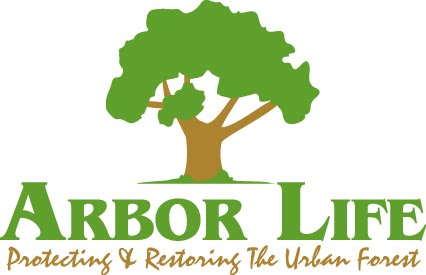It is difficult to find good plants for shade areas. In the inner loop or areas in Houston where there are many trees surrounding your property...here are some good suggestions! If you ever have any questions feel free to contact us at 281-914-7788!
1.Perennial Plants for Shade Gardens - Sweet Woodruff
Also called bedstraw, this plant is a perfect groundcover. It will spread to fill any space with its delicate green leaves and bright white flowers. It gets its second name from the smell released when the plants is crushed.
2.Perennial Plants for Shade Gardens - Hosta
One of the most popular shade perennial plants, hostas are large-leaved plant that grow spires of purple or white flowers in the late summer. There are over three hundred varieties of hosta.
3.Perennial Plants for Shade Gardens - Liriope
This plant is known for its green or variegated foliage that grows in a grass-like clump. Lirope also has short spires of purple flowers in the summer that peek out from under the leaves.
4.Perennial Plants for Shade Gardens - Bleeding Heart
The bleeding heart plant is an early spring favorite. The delicate green leaves and unusual heart-shaped flowers grow well in the shade. The whole plant dies back by mid to late summer.
5.Perennial Plants for Shade Gardens - Lenten Rose
While this is not a showy plant, it is perfect for a natural shade garden. It does have attractive green foliage and stalks of cup-shaped flowers. The blossoms can be white, pink, or green.
Ask us about substitute plants also that would work. Sometimes growers do not produce enough volume. www.arbor-life.com
1.Perennial Plants for Shade Gardens - Sweet Woodruff
Also called bedstraw, this plant is a perfect groundcover. It will spread to fill any space with its delicate green leaves and bright white flowers. It gets its second name from the smell released when the plants is crushed.
2.Perennial Plants for Shade Gardens - Hosta
One of the most popular shade perennial plants, hostas are large-leaved plant that grow spires of purple or white flowers in the late summer. There are over three hundred varieties of hosta.
3.Perennial Plants for Shade Gardens - Liriope
This plant is known for its green or variegated foliage that grows in a grass-like clump. Lirope also has short spires of purple flowers in the summer that peek out from under the leaves.
4.Perennial Plants for Shade Gardens - Bleeding Heart
The bleeding heart plant is an early spring favorite. The delicate green leaves and unusual heart-shaped flowers grow well in the shade. The whole plant dies back by mid to late summer.
5.Perennial Plants for Shade Gardens - Lenten Rose
While this is not a showy plant, it is perfect for a natural shade garden. It does have attractive green foliage and stalks of cup-shaped flowers. The blossoms can be white, pink, or green.
Ask us about substitute plants also that would work. Sometimes growers do not produce enough volume. www.arbor-life.com


